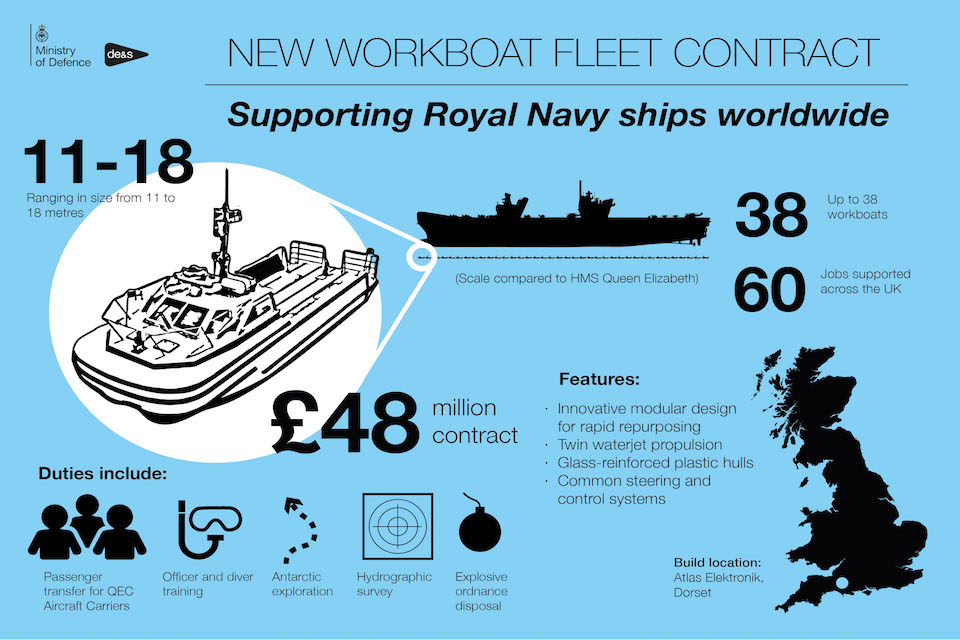RAF Aeromedical Evacuation team deploys with A400M Atlas on Ex Mobility Guardian
RAF Aeromedical
Evacuation team deploys with A400M Atlas on Ex Mobility Guardian
A Royal Air Force Aeromedical Evacuation team has deployed
on exercise with A400M Atlas for the first time.
The medics from Tactical Medical Wing (TMW) and three RAF
Reserve squadrons are in the US to participate in Mobility Guardian, the
largest exercise of its type involving over 50 transport and air-refuelling
aircraft, paratroopers, Force Protection and Aeromed personnel.

Flight Lieutenant Scott Fitzgerald, a Flight Commander on
TMW based at RAF Brize Norton, explained the aim of the exercise. He said: “The
focus for the aeromedical part of this exercise is to simulate the evacuation
of up to 300 hospital patients in a humanitarian effort from a displaced area
in a war torn environment.
“We’re doing that by working closely with other aeromedical
teams from other countries. We’re mixing those teams to understand what
qualifications, capabilities and skill sets are required in order to function
on various aircraft from other countries and that combination of doctor, nurse
and medical teams.”

The scale of the exercise has enabled a medical evacuation
process which replicates closely what the RAF personnel have experienced
previously on coalition operations. Two separate patient preparation areas have
been established over 350 miles apart. The RAF teams fly out to the
humanitarian area to evacuate patients originating from a US Army Role 2 Hospital.
“We receive hand over of those casualties and evacuate them
back” explained Flt Lt Fitzgerald. “We sometimes simulate an intra-theatre
transfer which involves a 40 minute flight, or when we have a C-CAST on board,
which is the critical care aspect of our aeromedical team, we simulate the 3-4
hour evacuation as if we were for example returning patients to Birmingham.”

The UK Aeromedical Team on the exercise have brought Flight
Nurses who are emergency qualified, including four Reservists from three
different squadrons.
The A400M, which can carry up to 66 stretcher patients, was
recently used for the first time on a real aeromed mission for operational
reasons. Mobility Guardian is however the first time it has been used on
exercise in the role.
Flt Lt Fitzgerald: “All the personnel we have brought with
us have never flown A400 previously so this is new for us. It’s a new
capability, we can carry up to 66 stretchers on board the A400 which is our
aircraft for the future.”
Editor: Wg Cdr Dylan Eklund
© MOD Crown Copyright 2017






